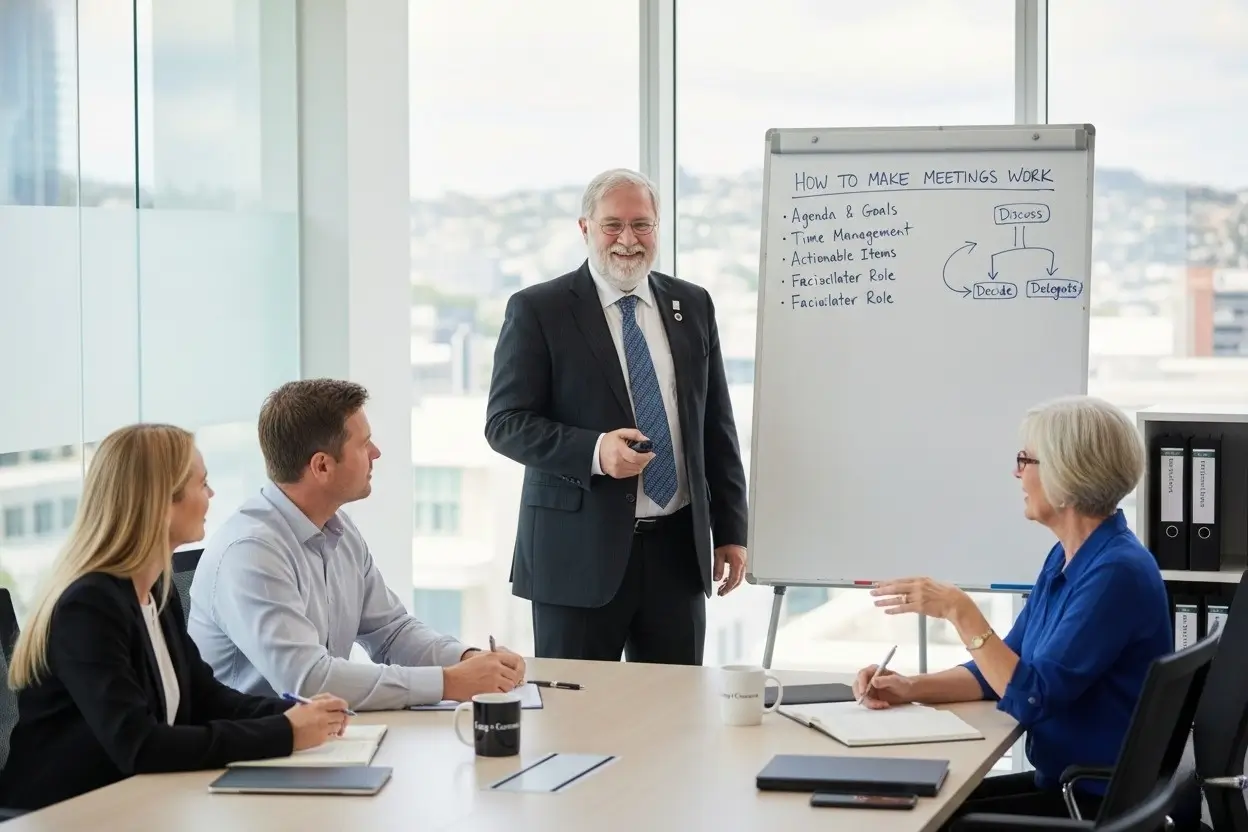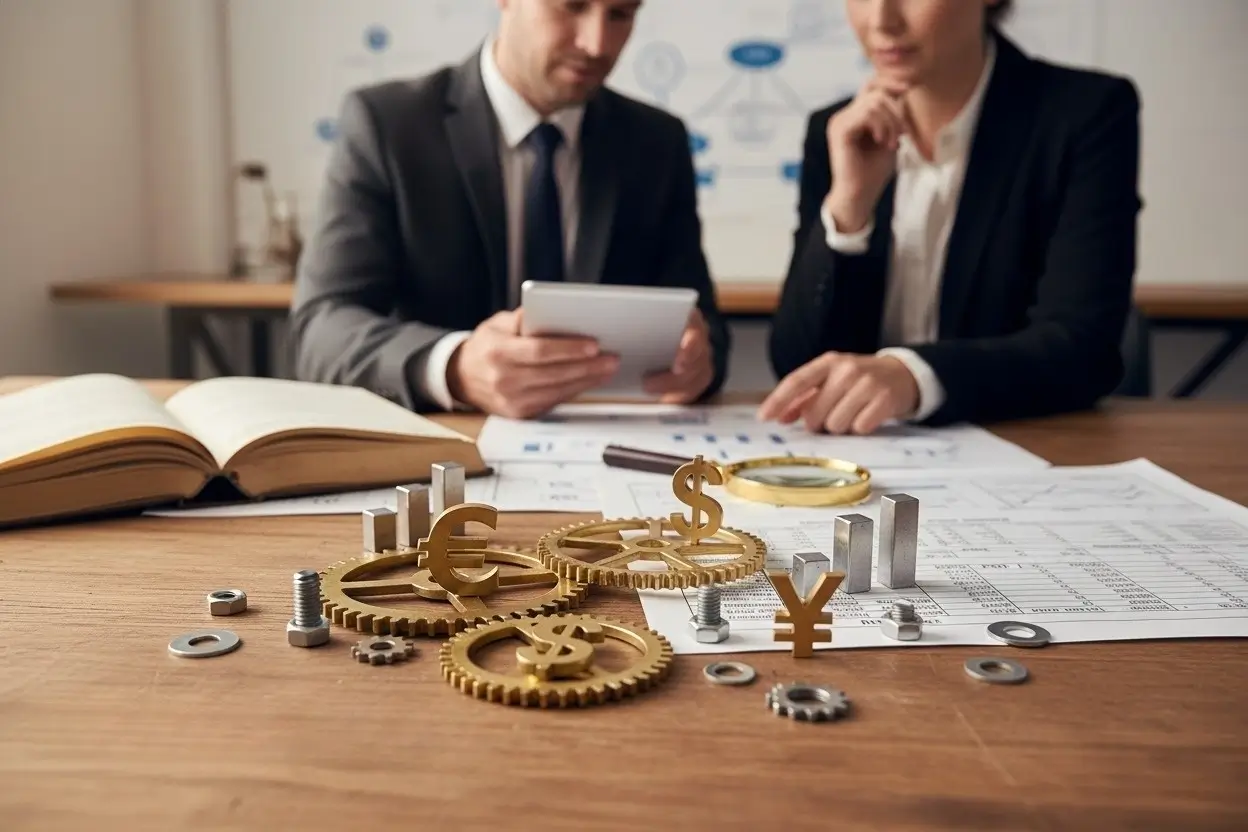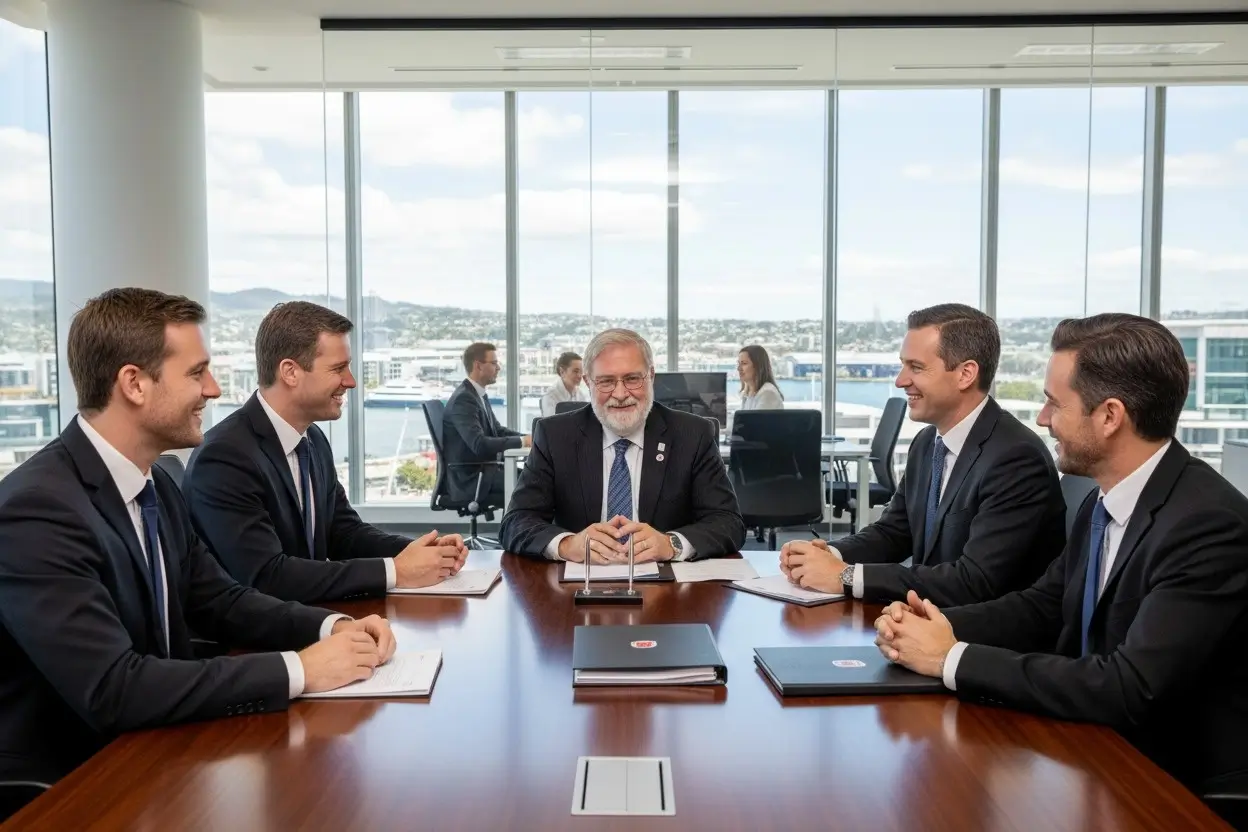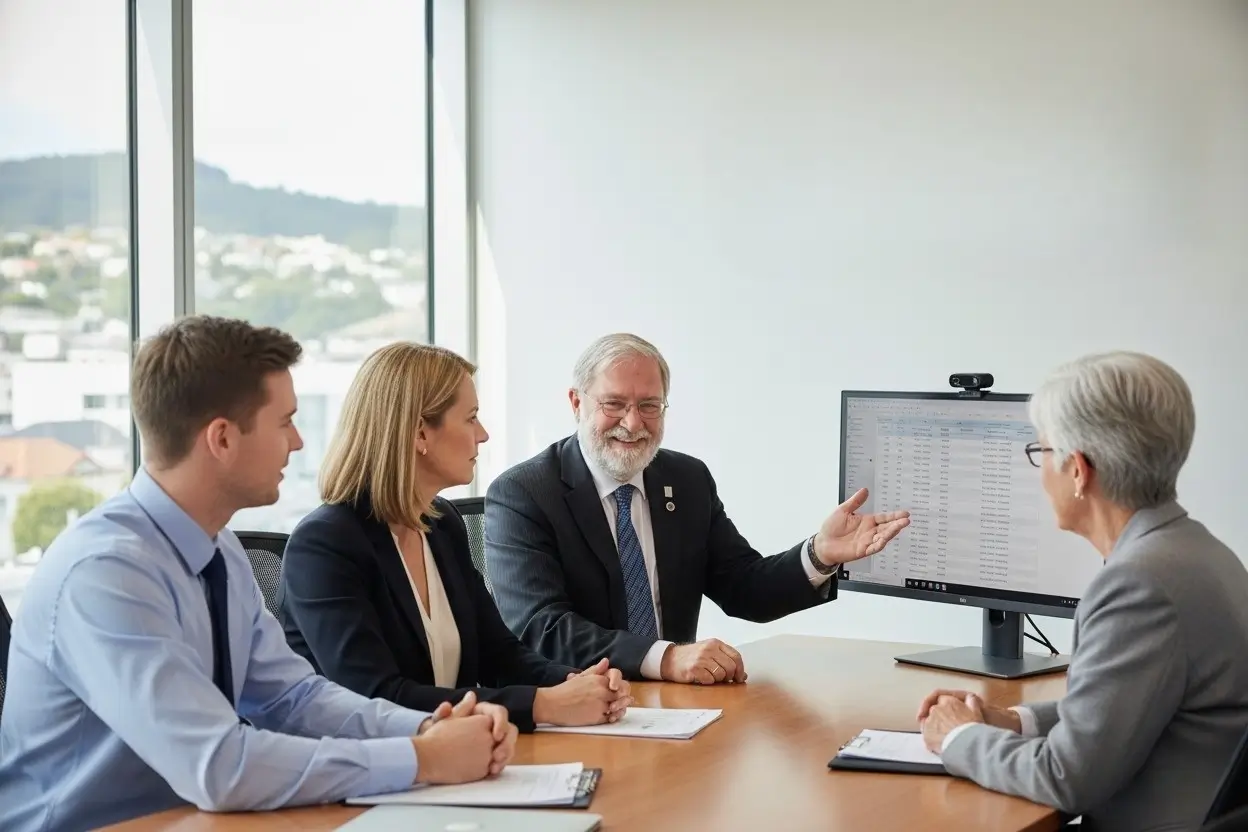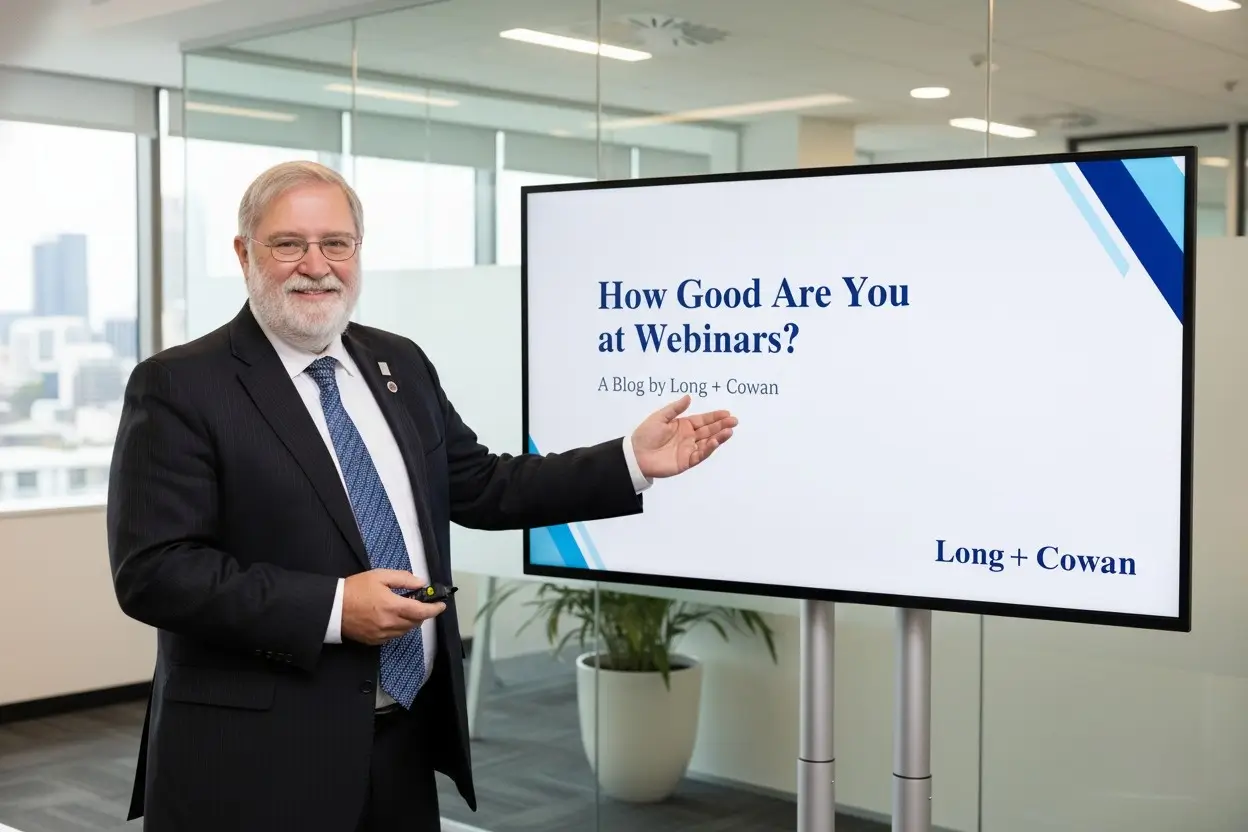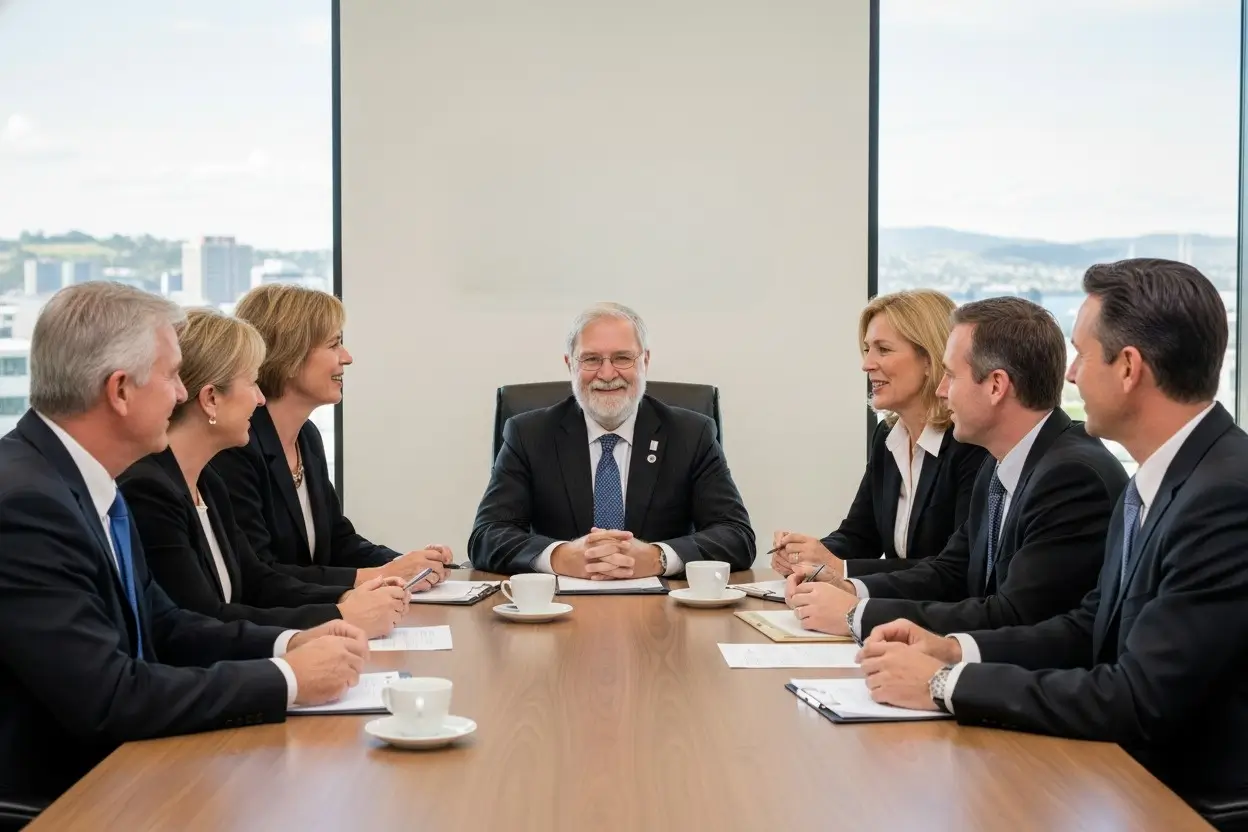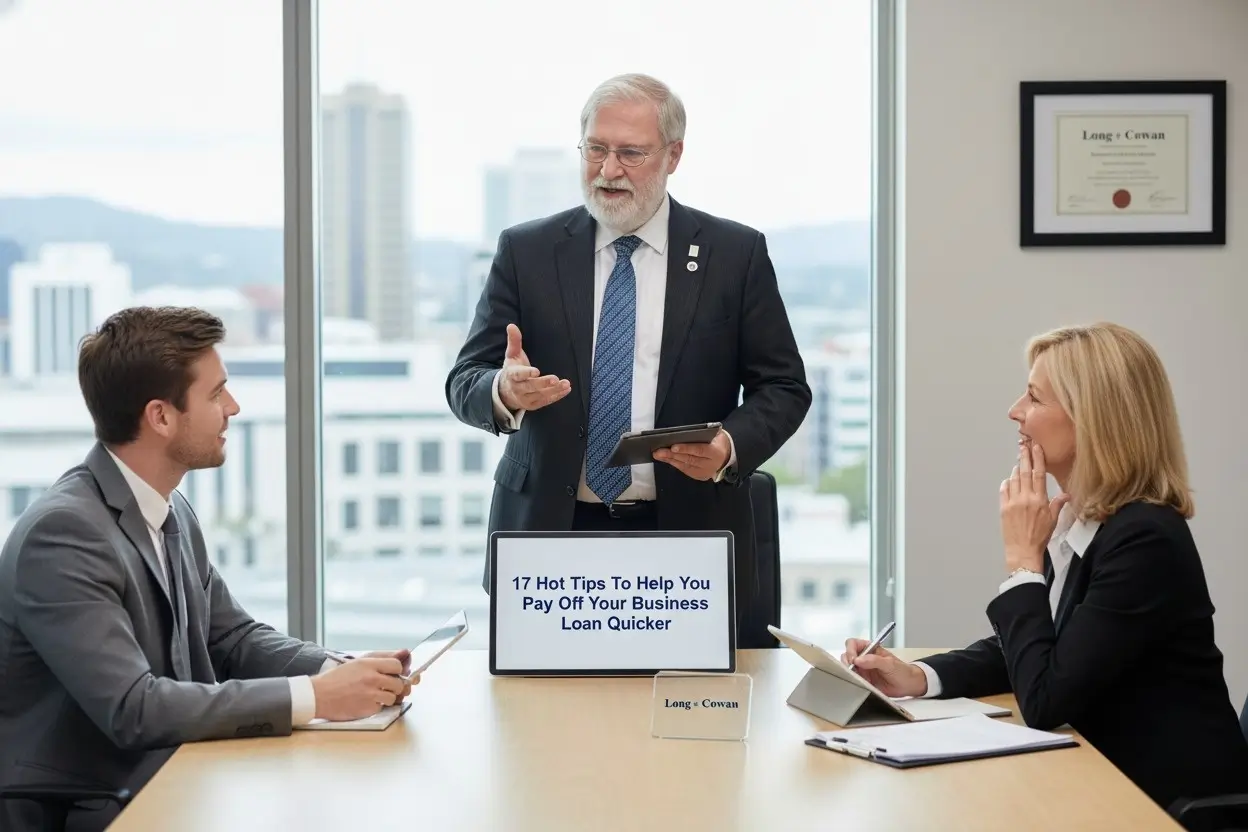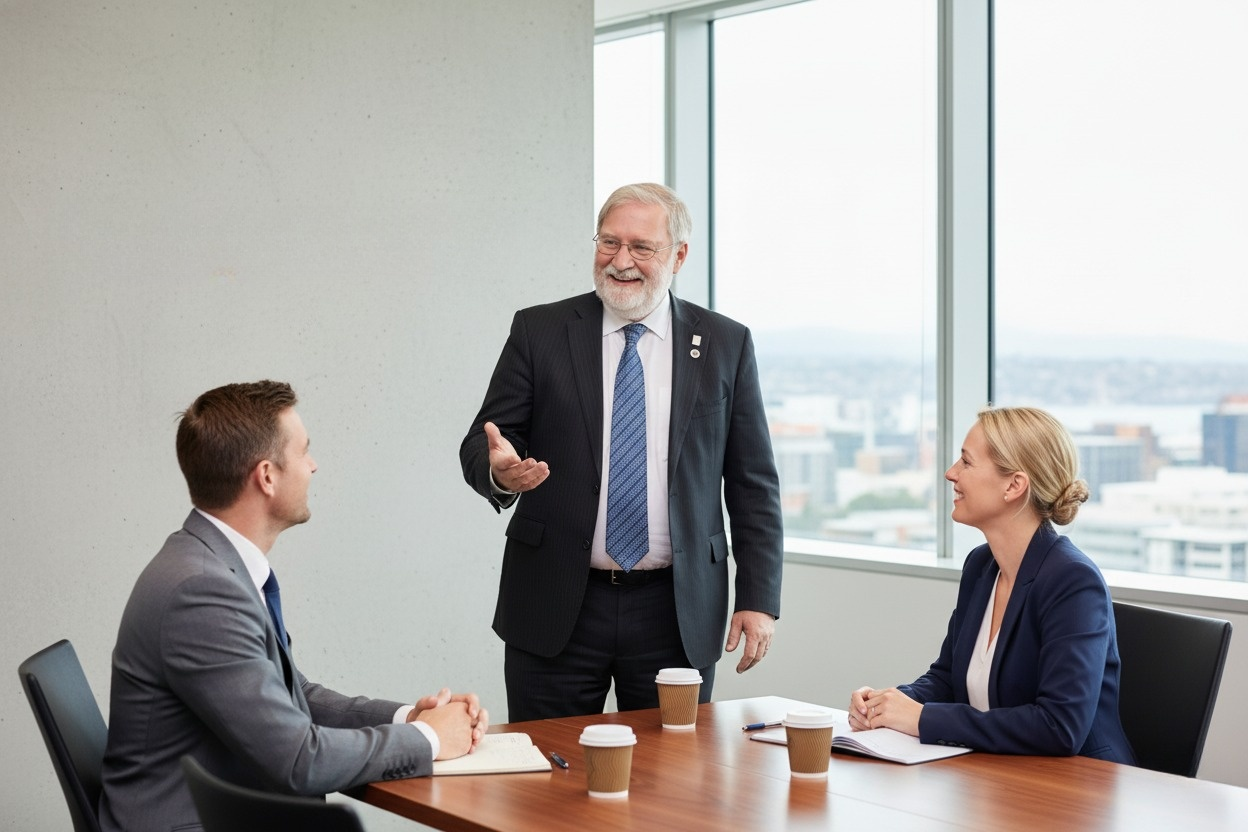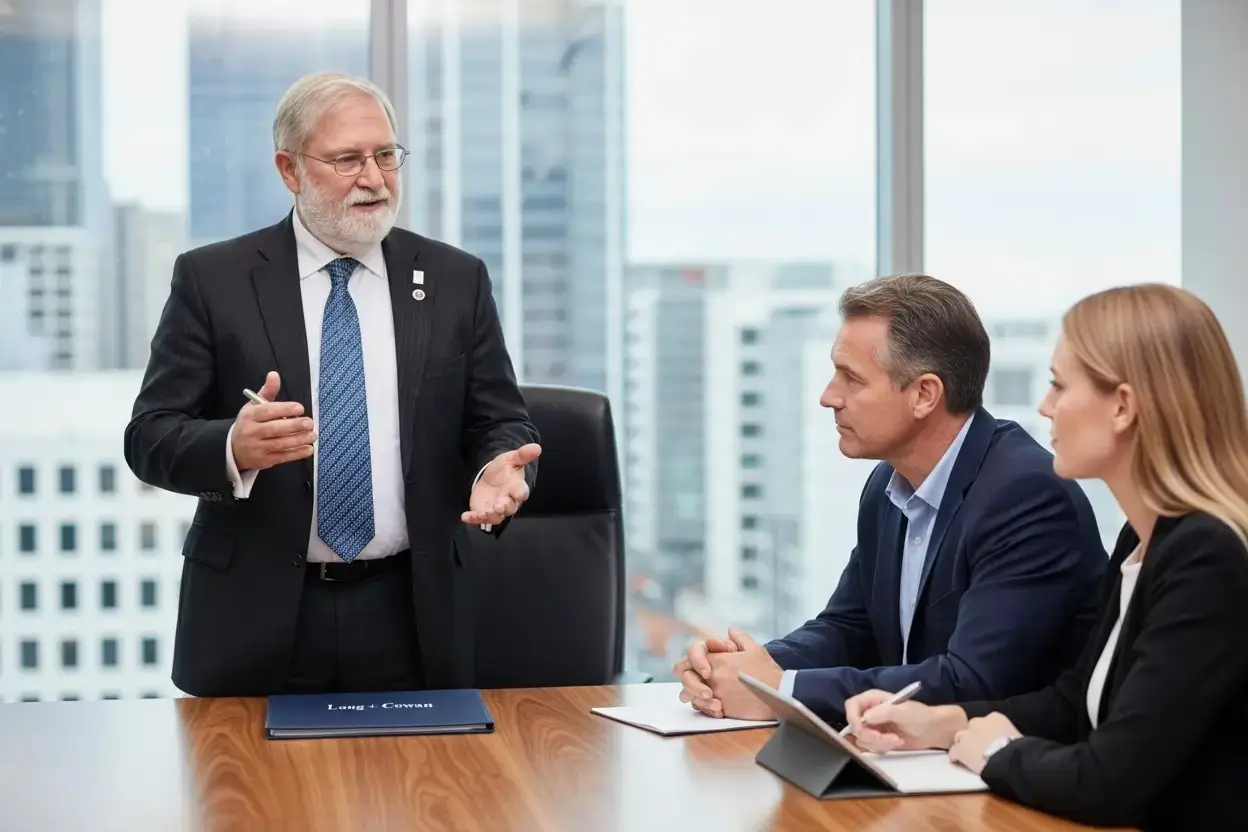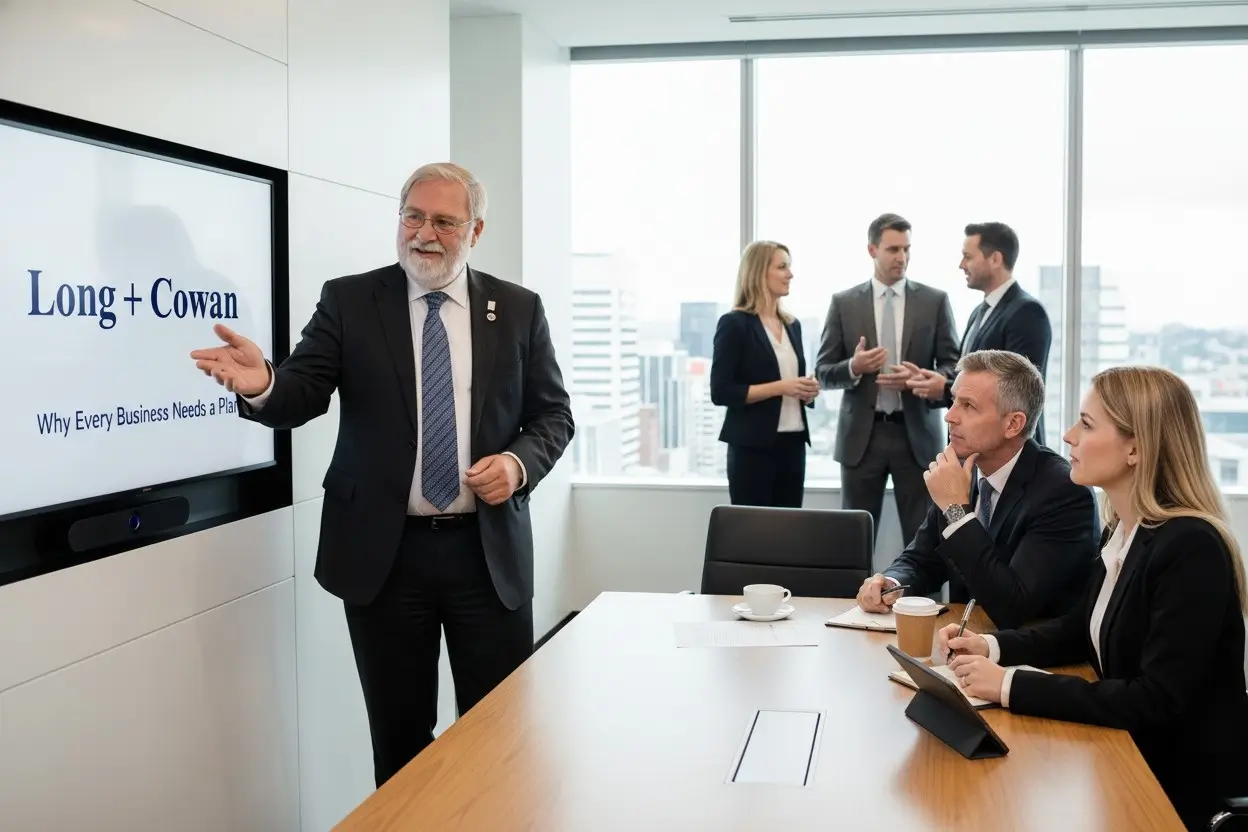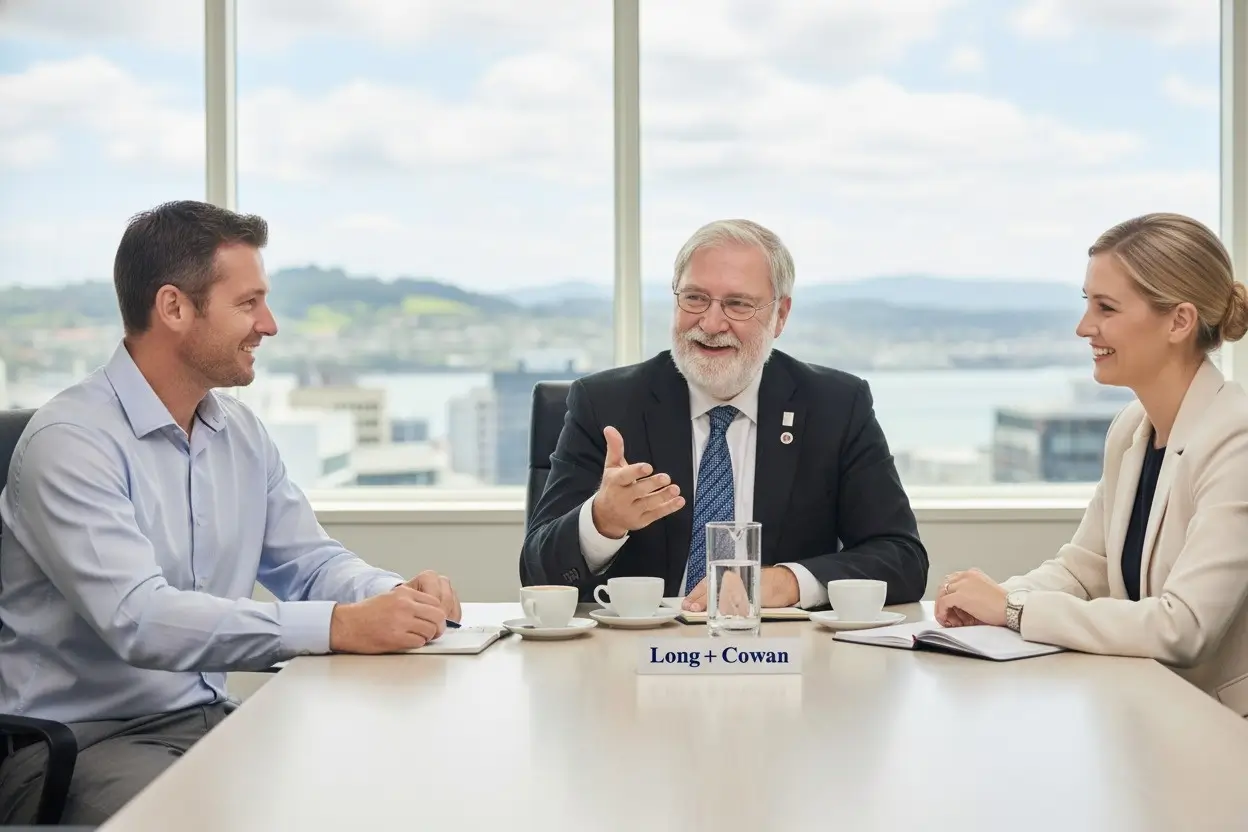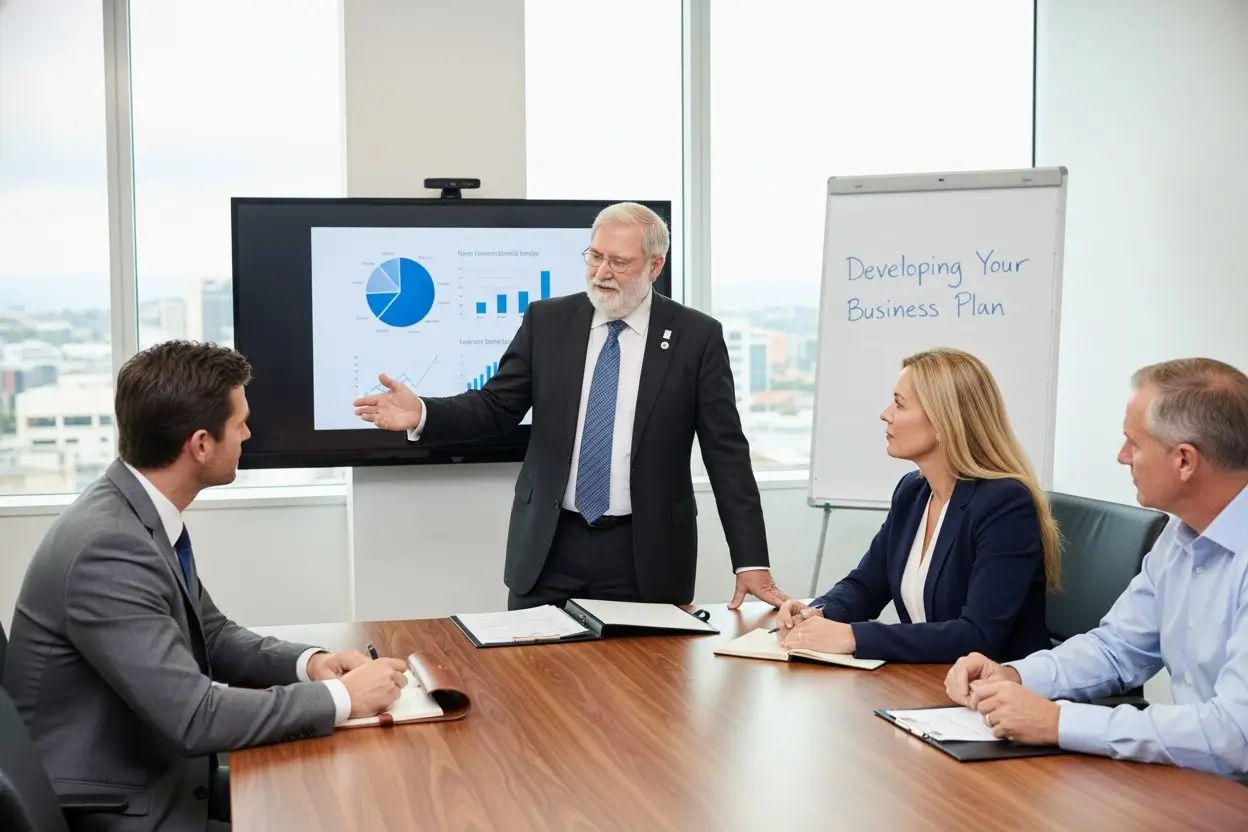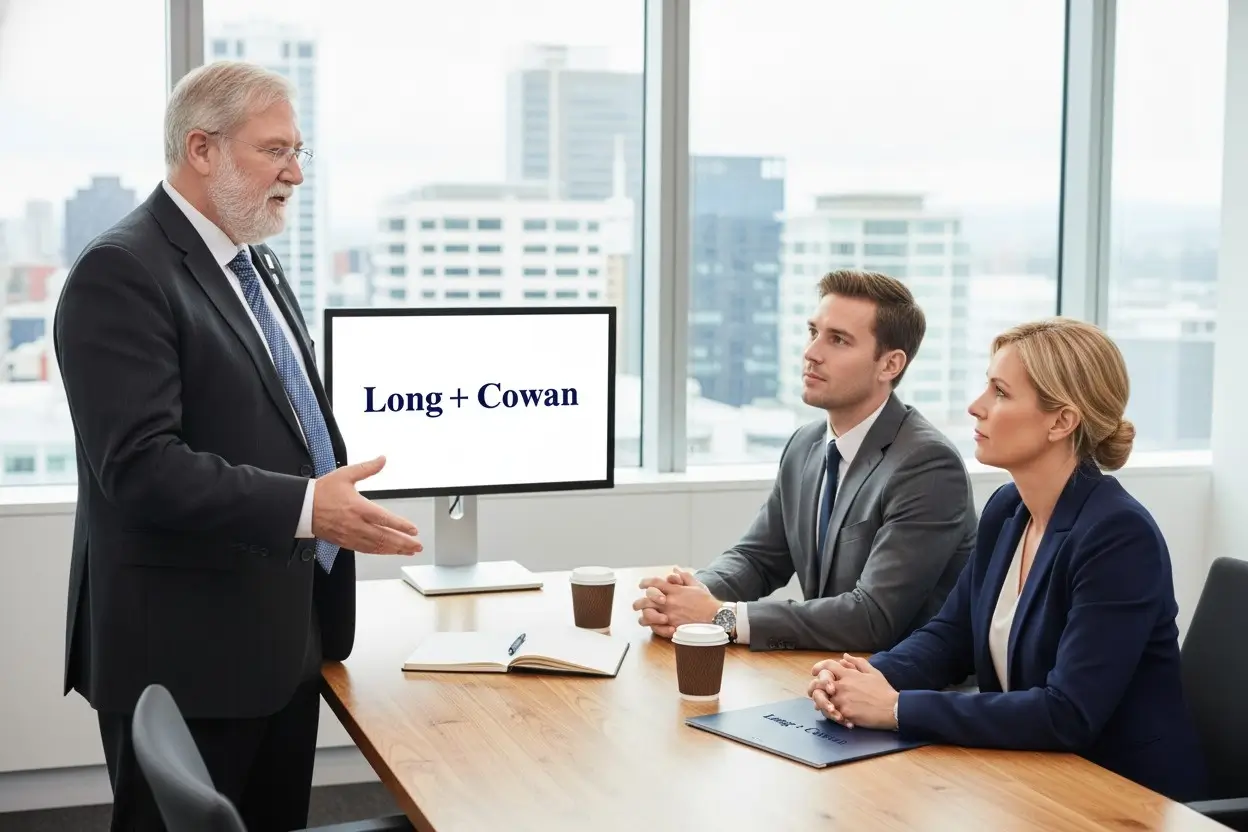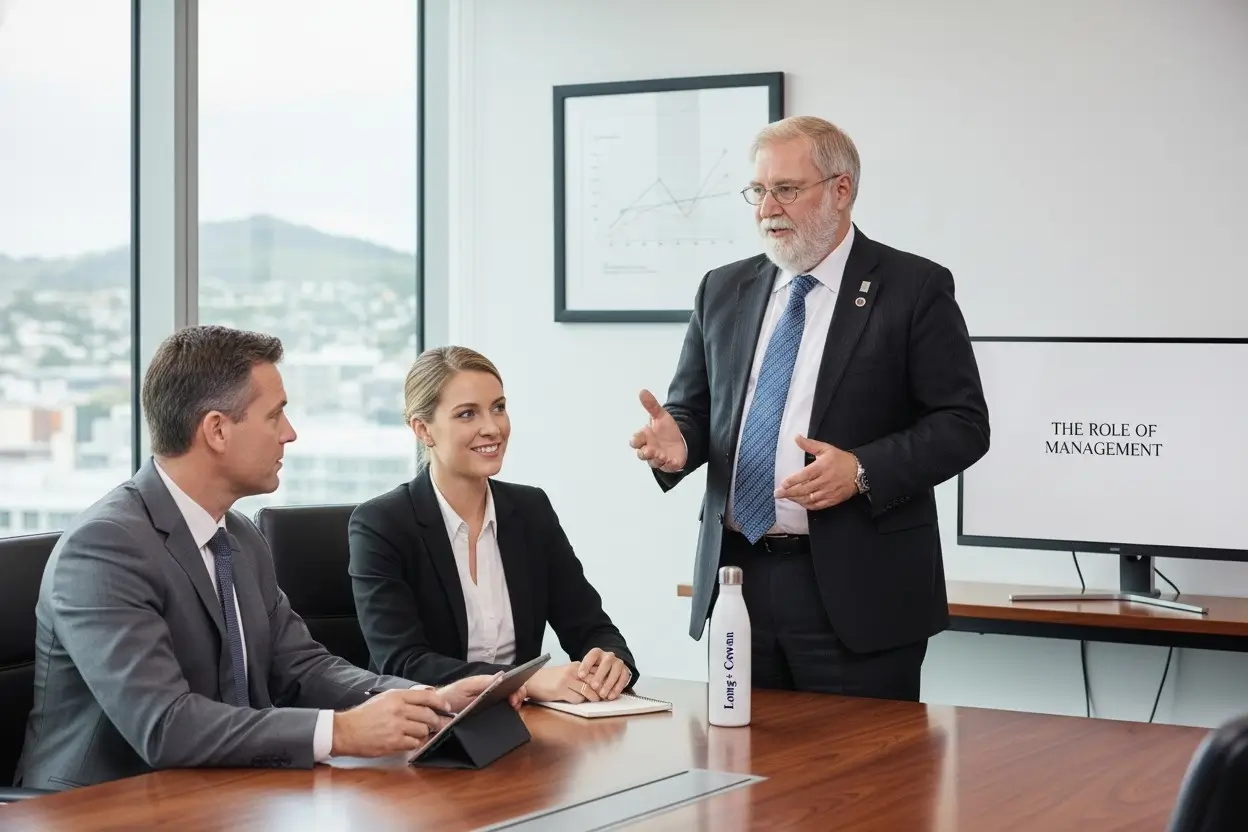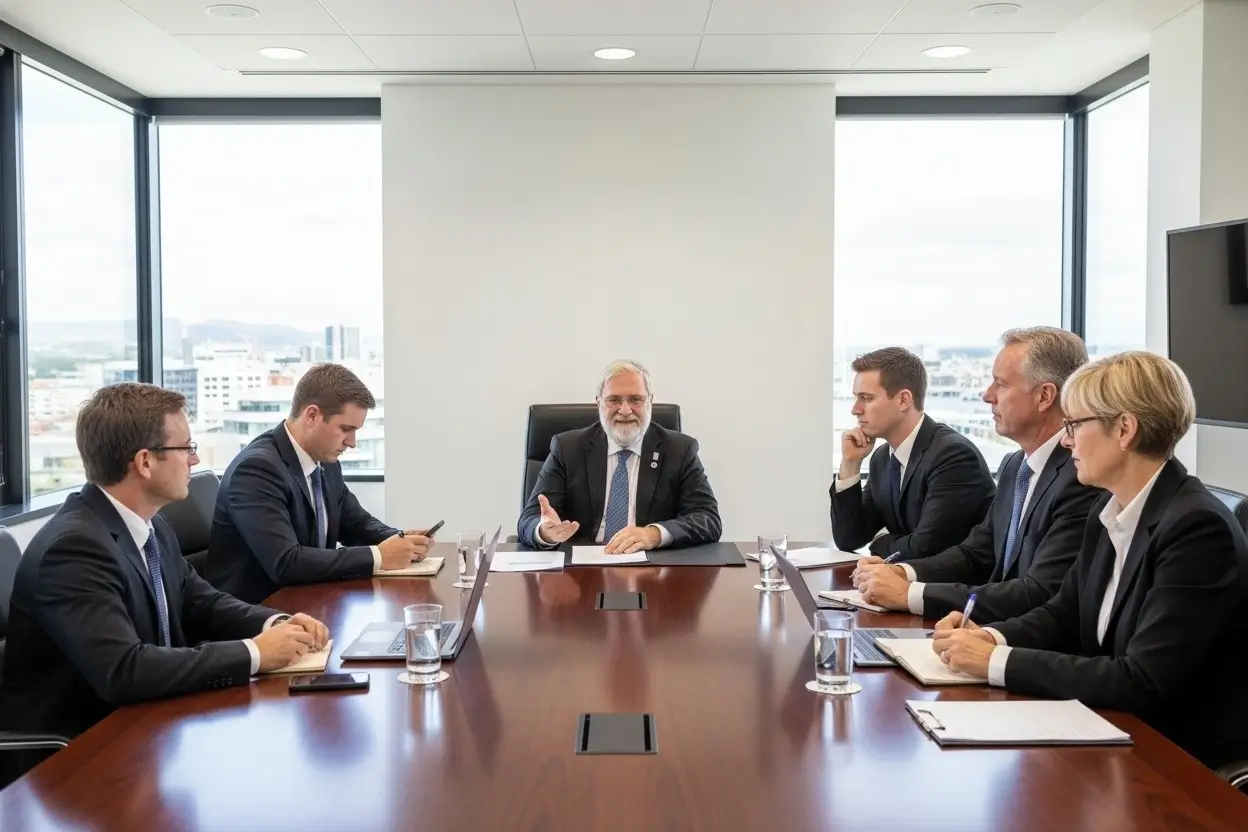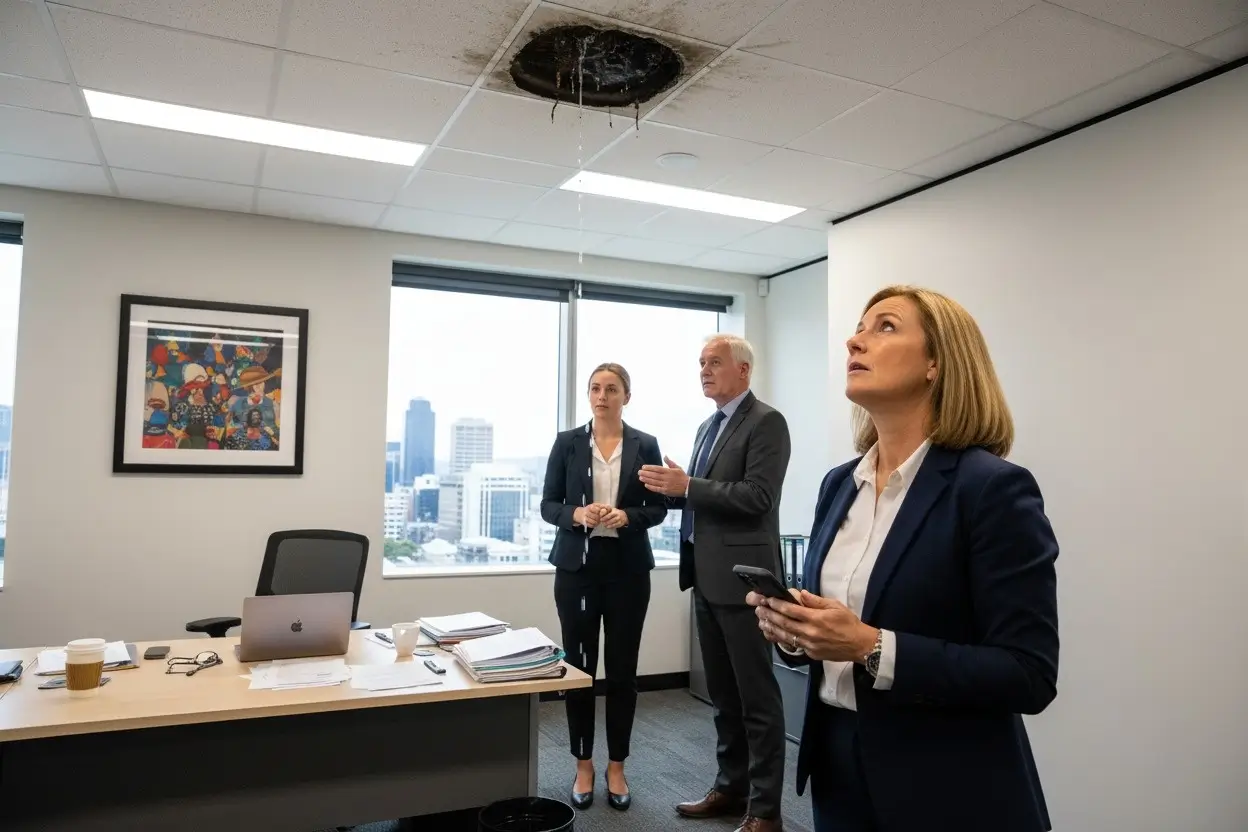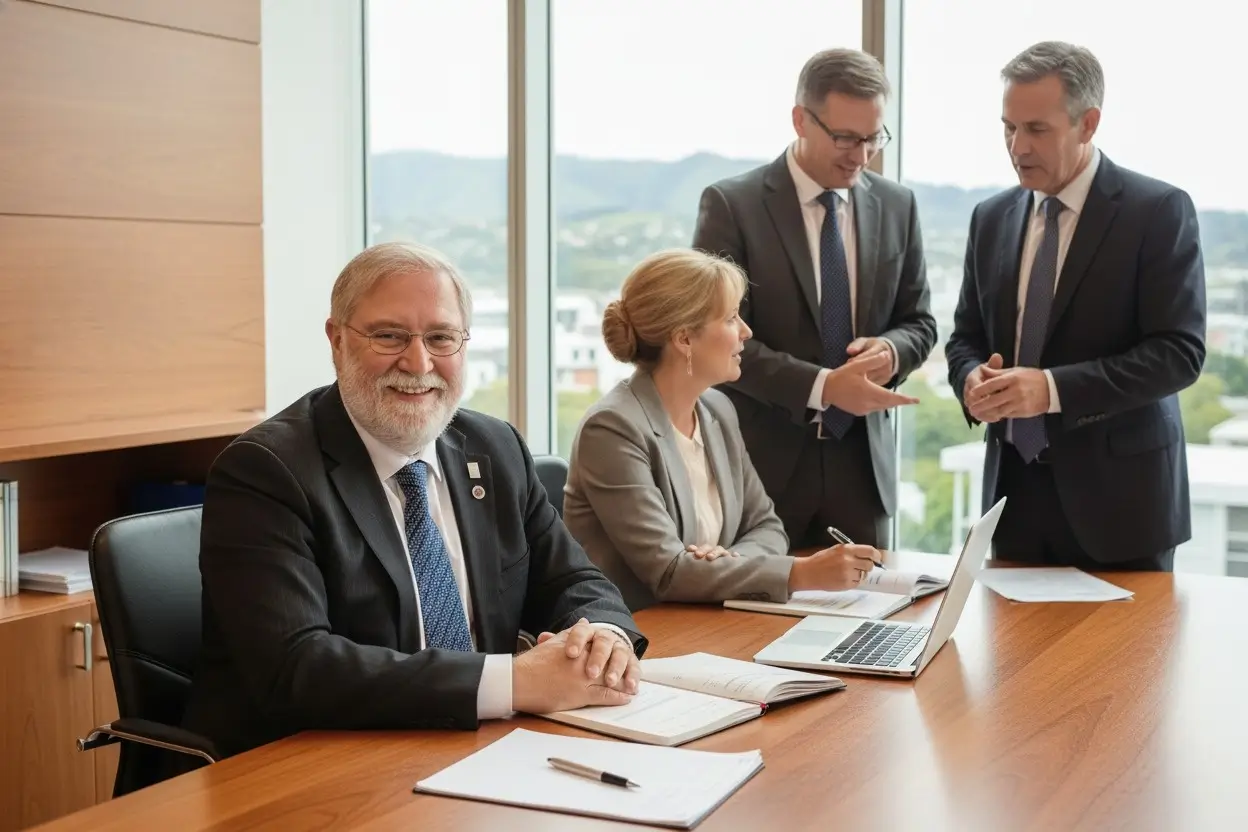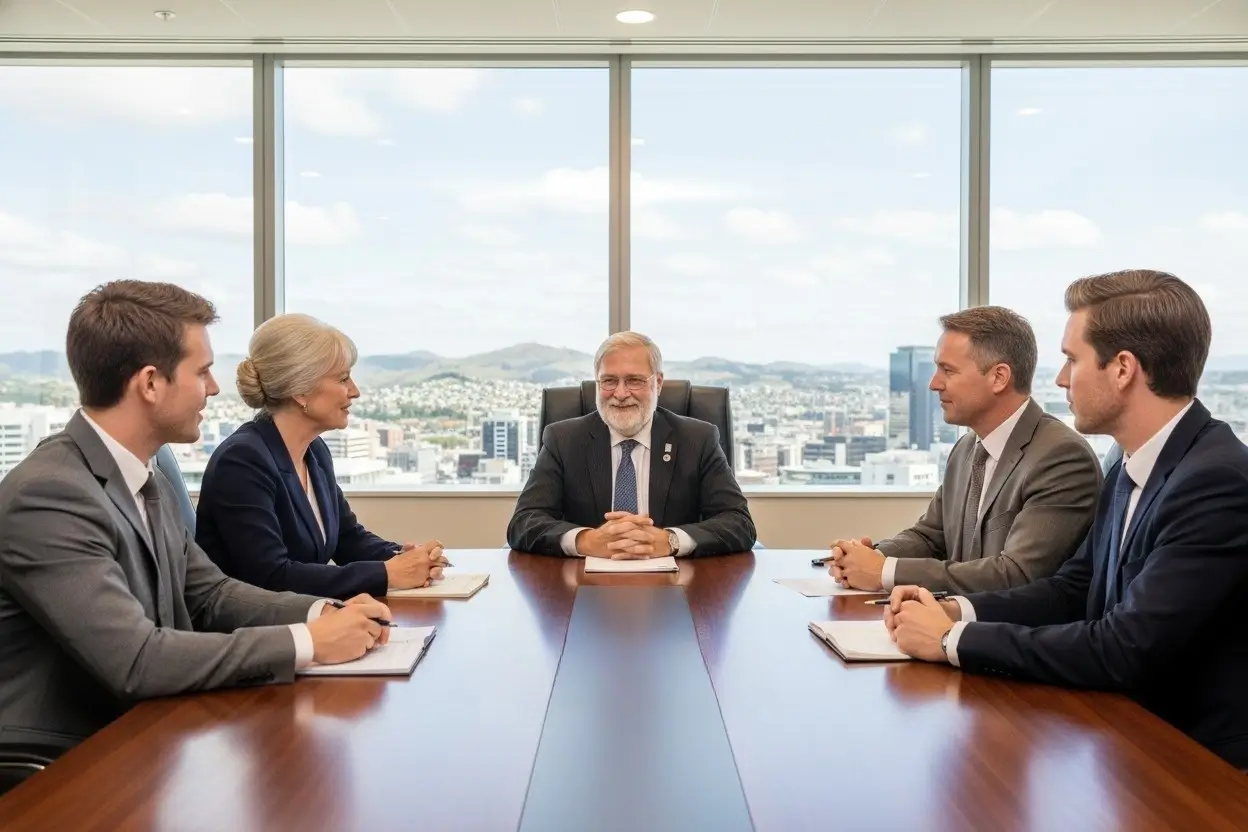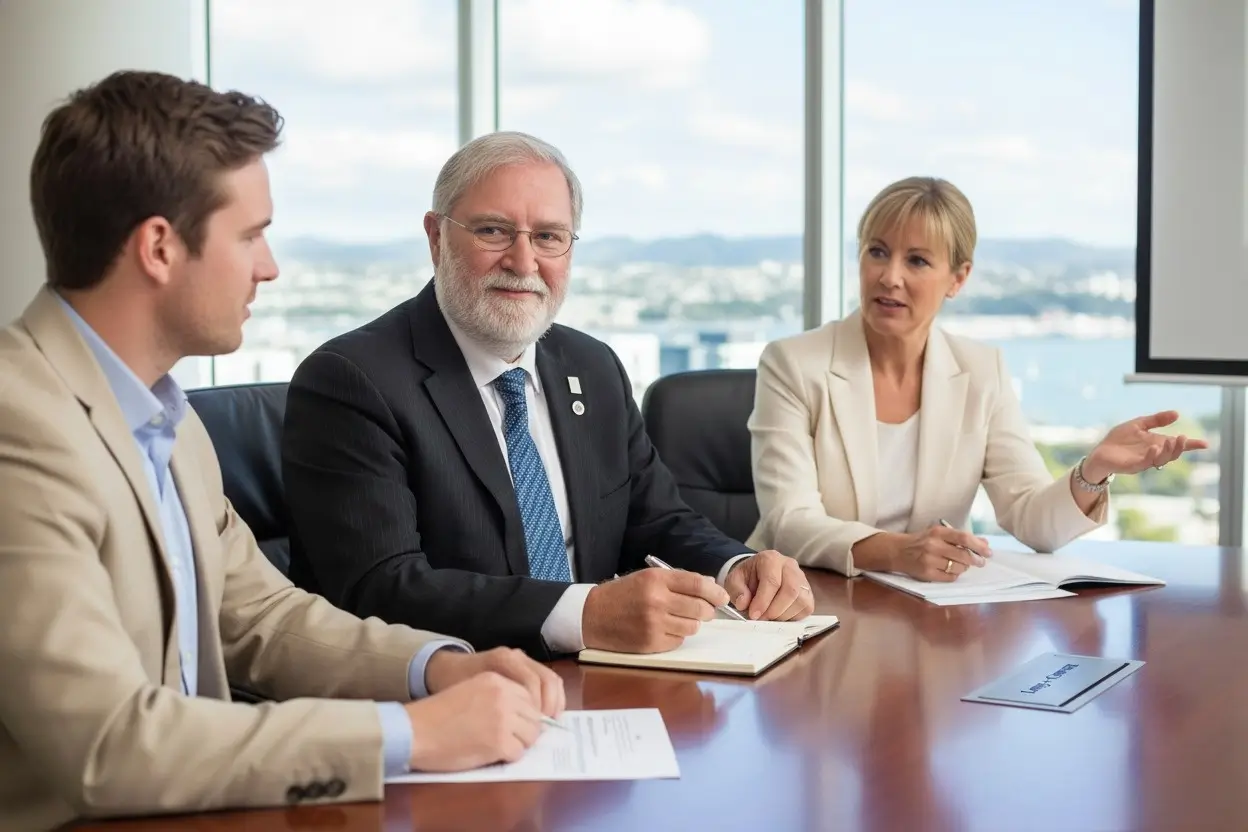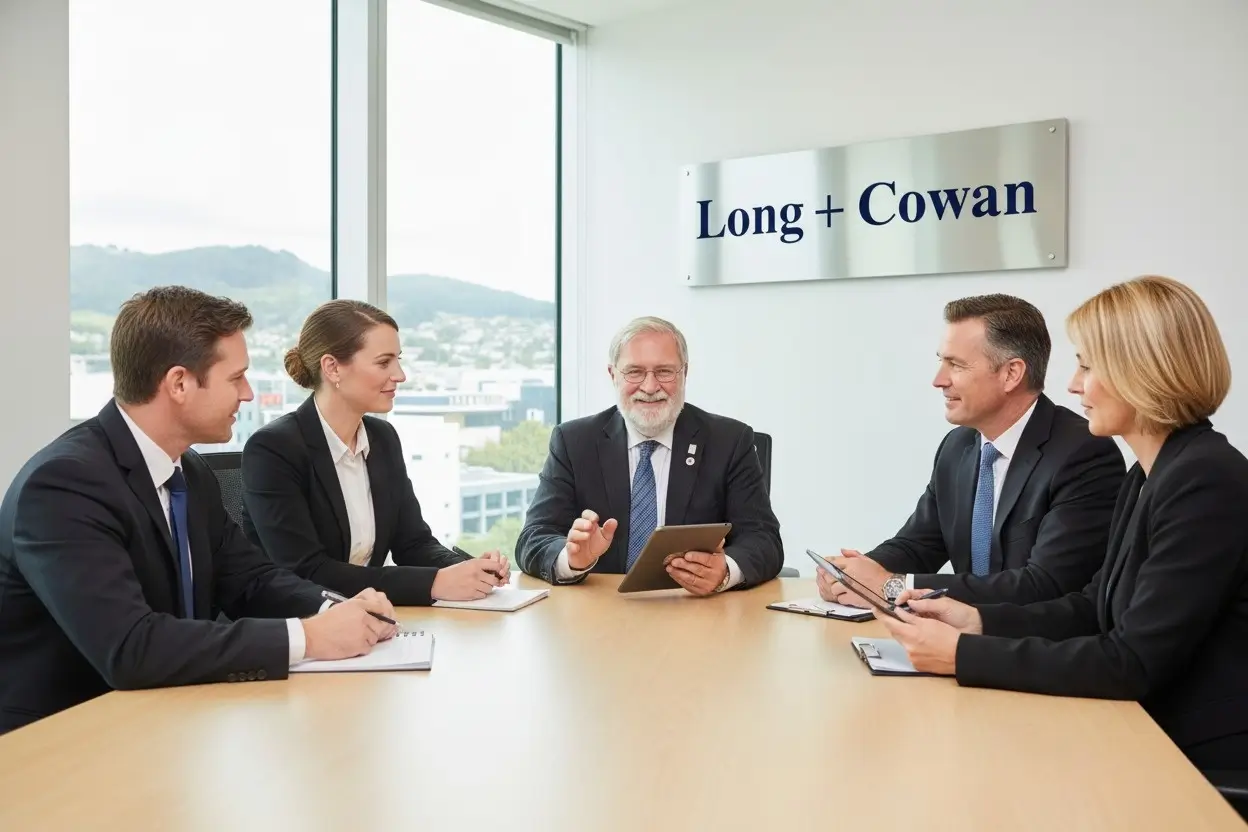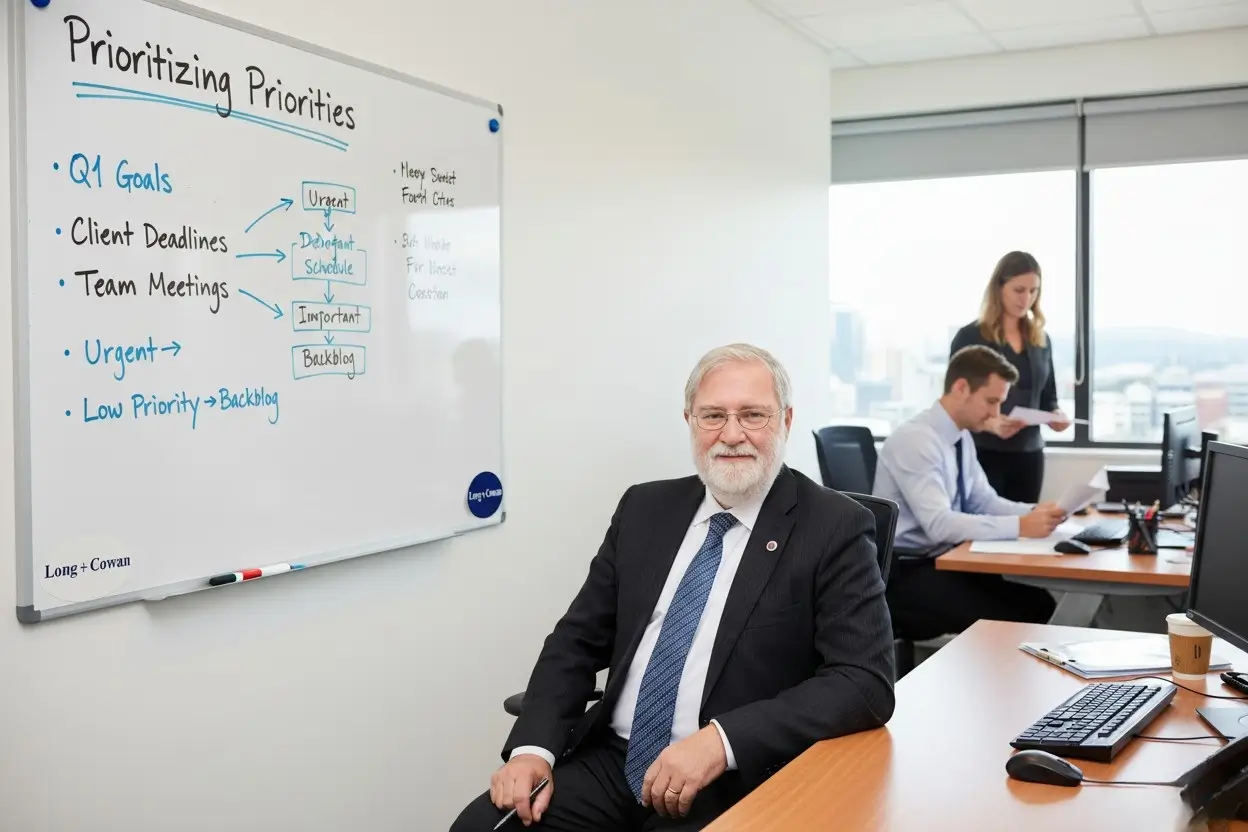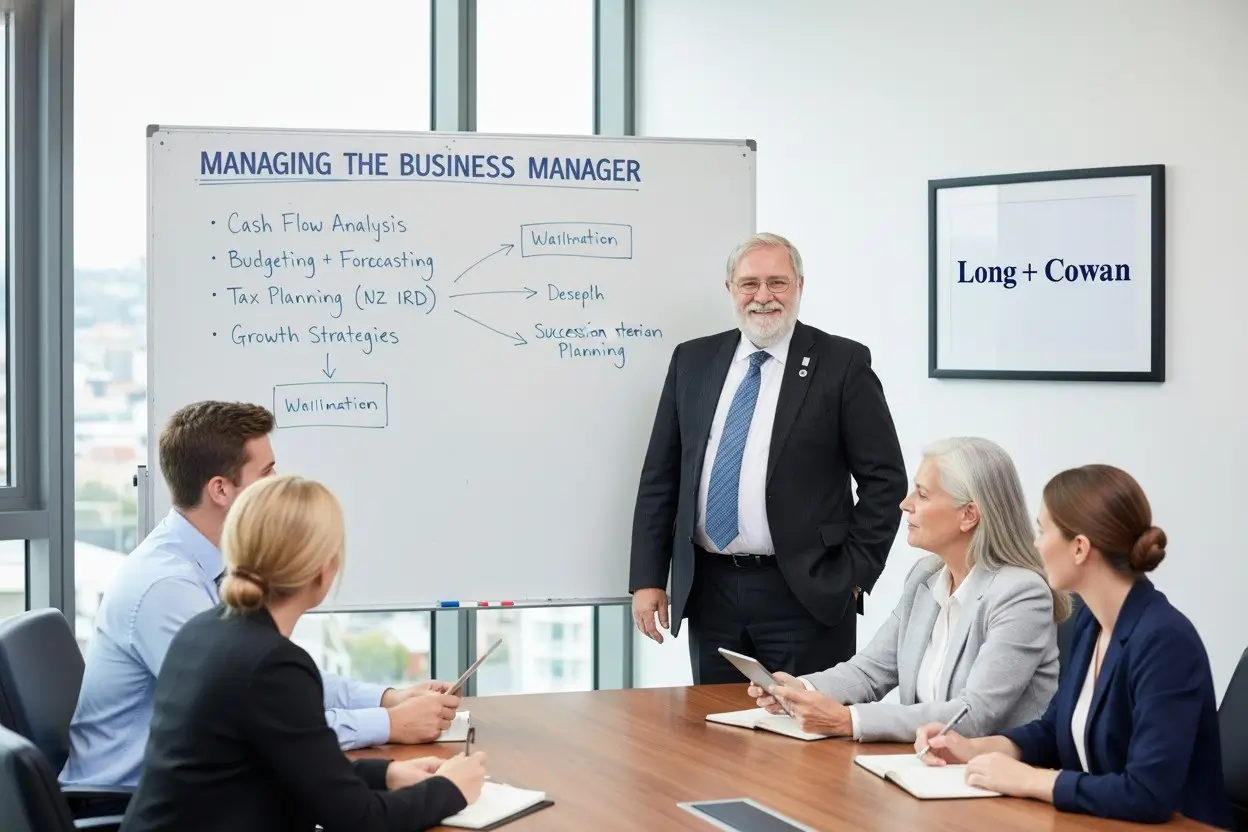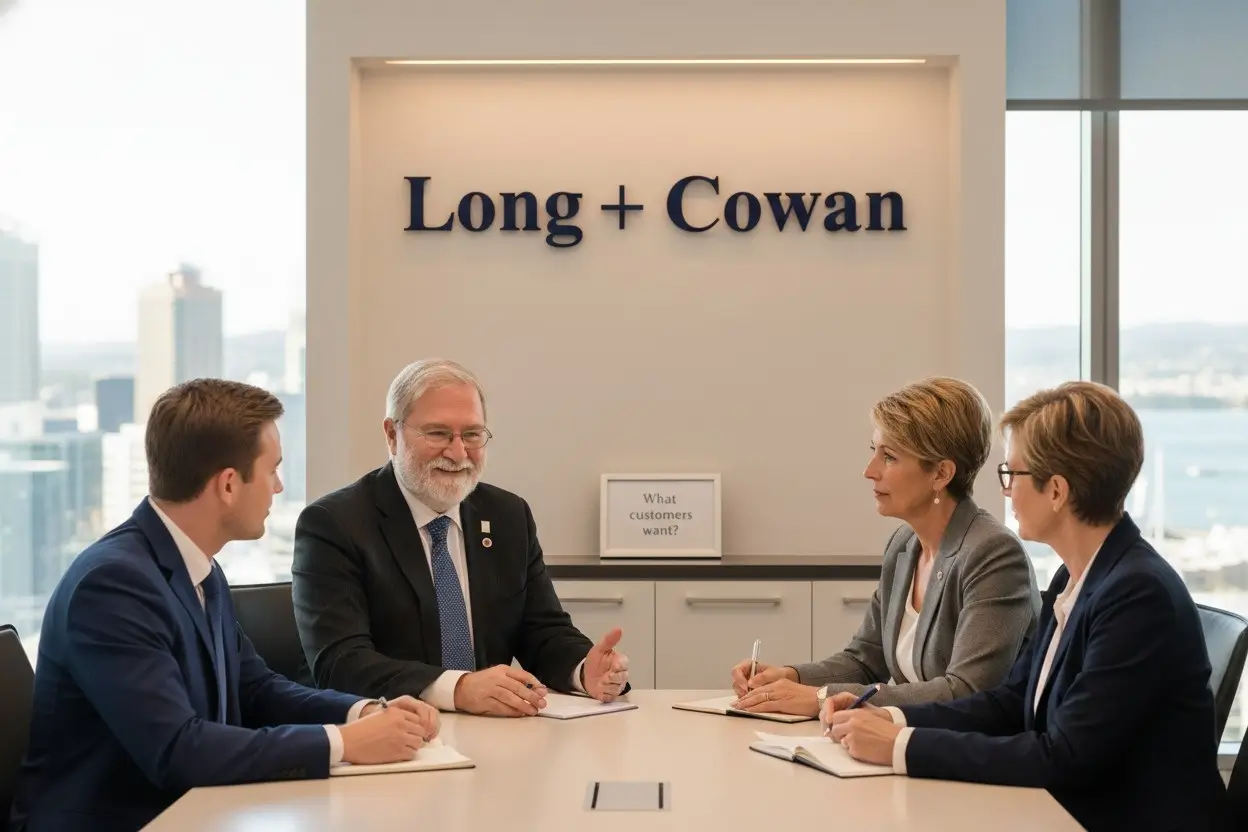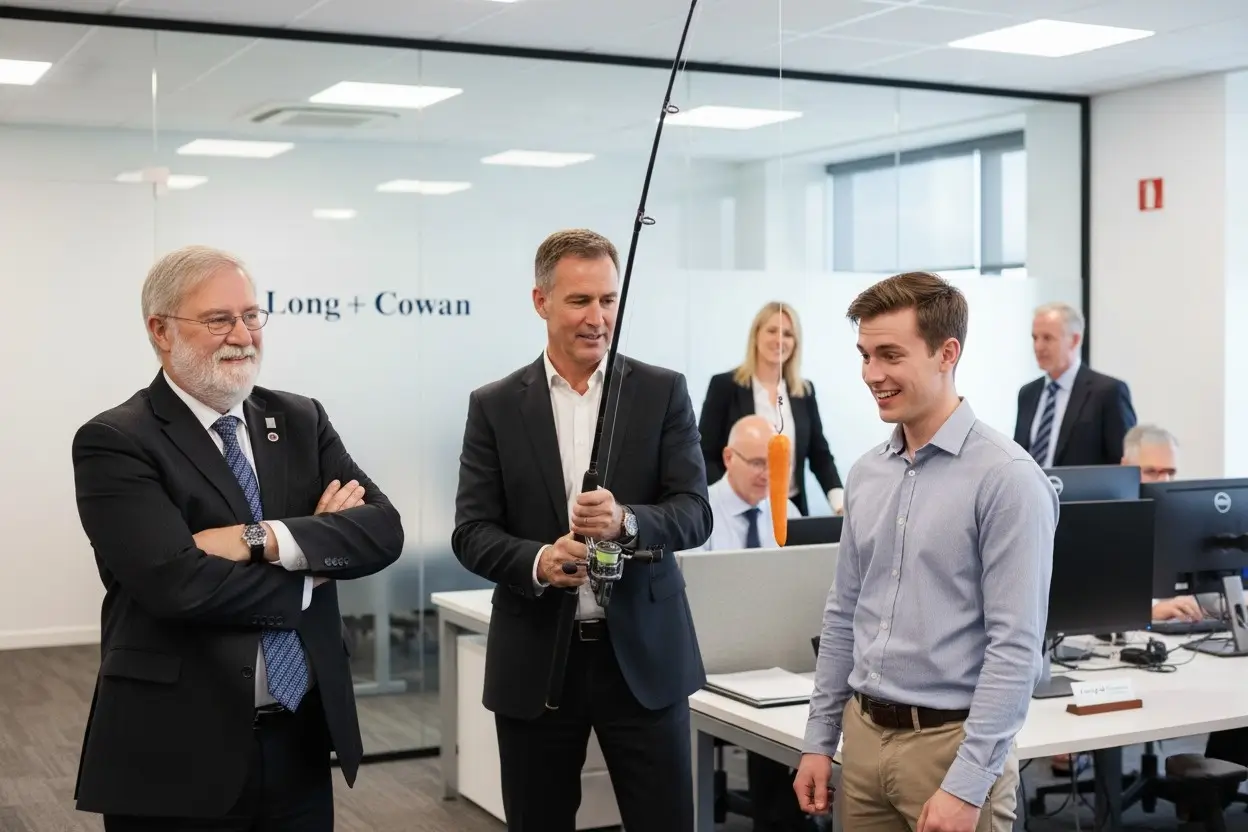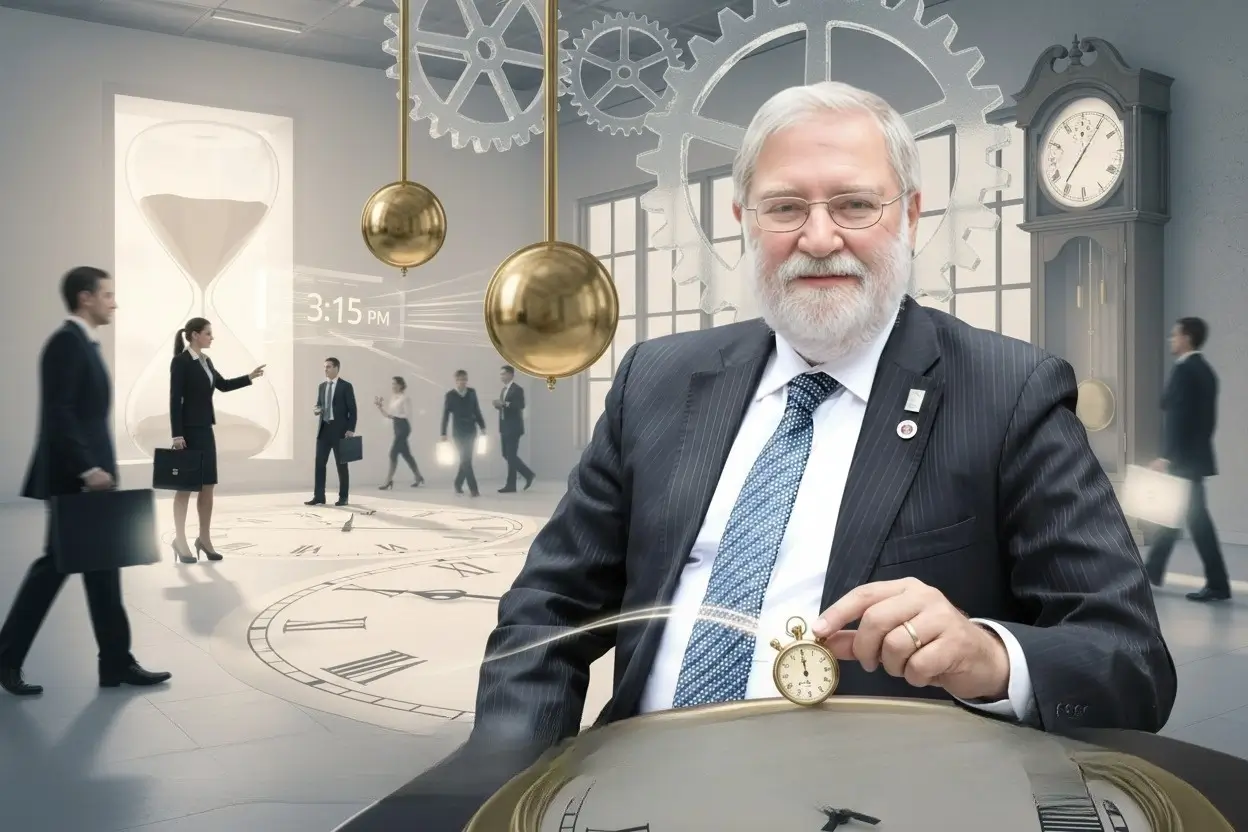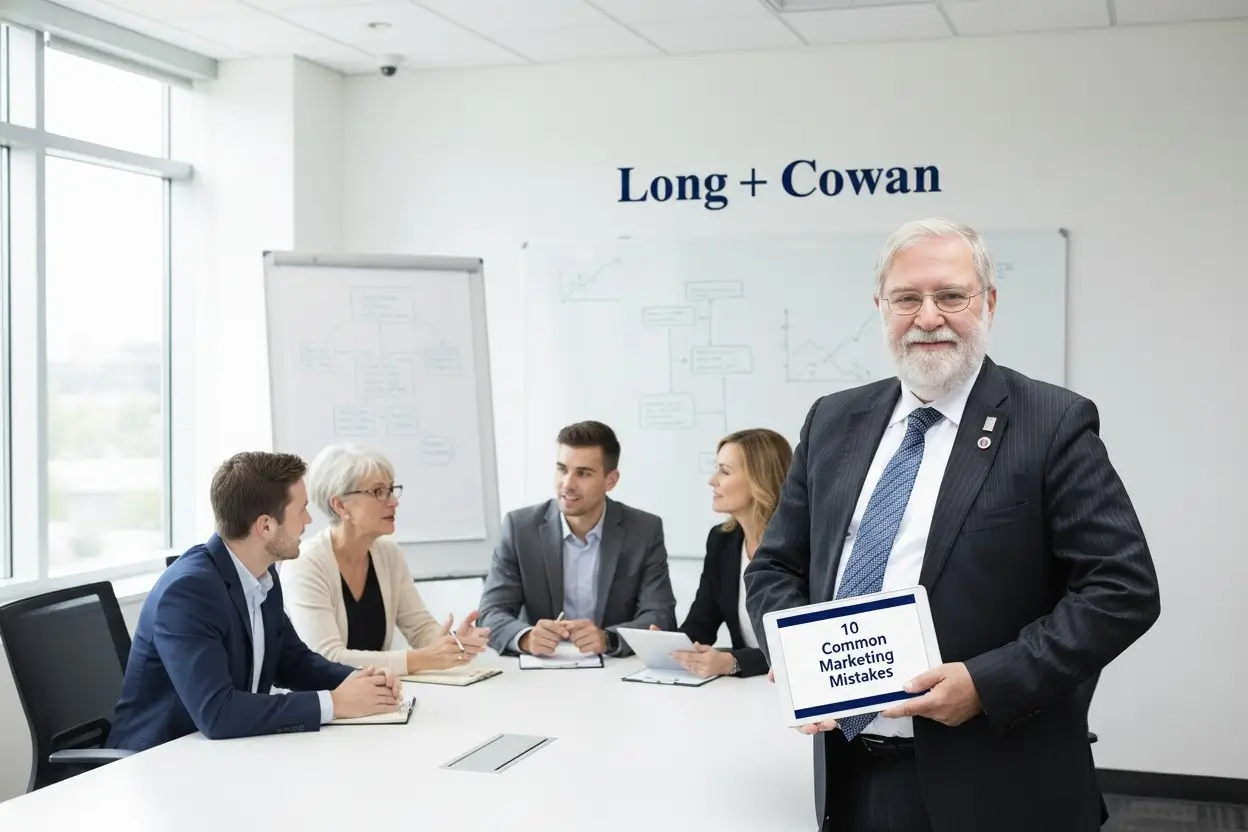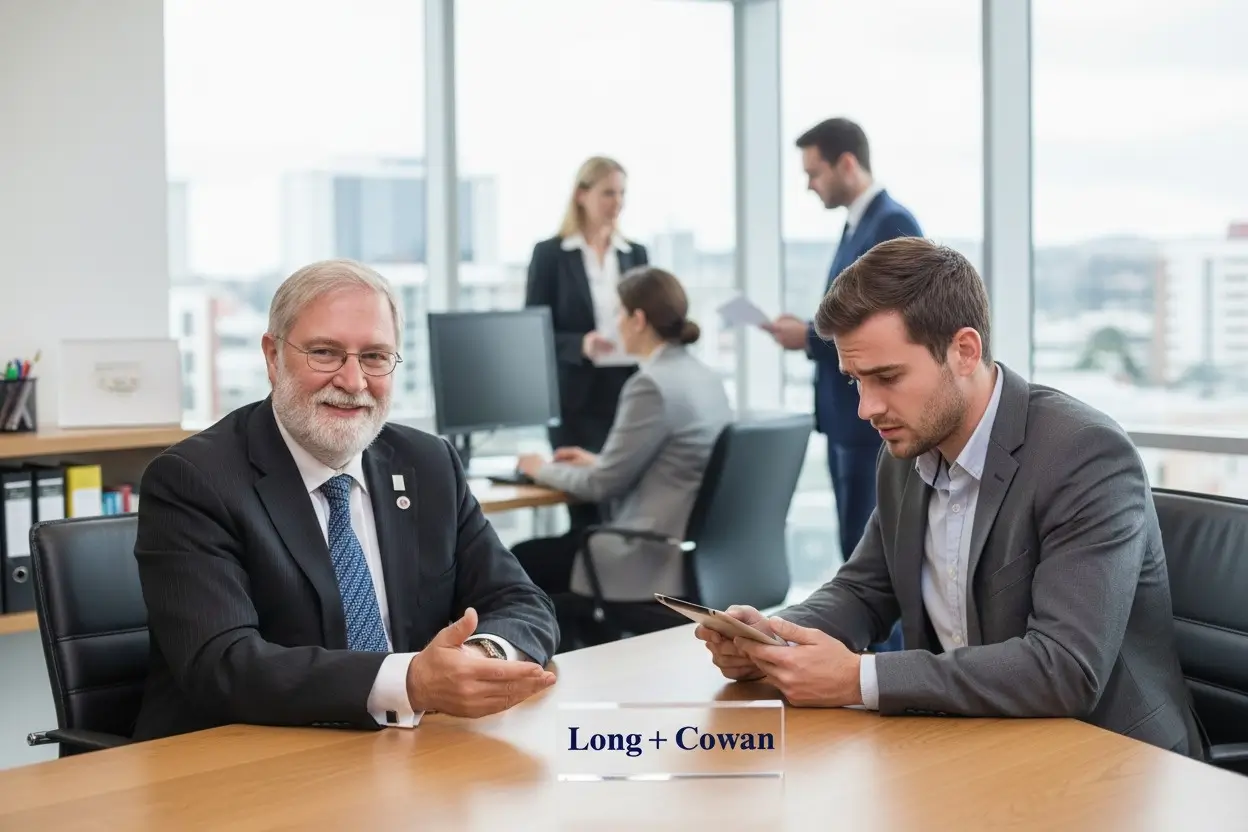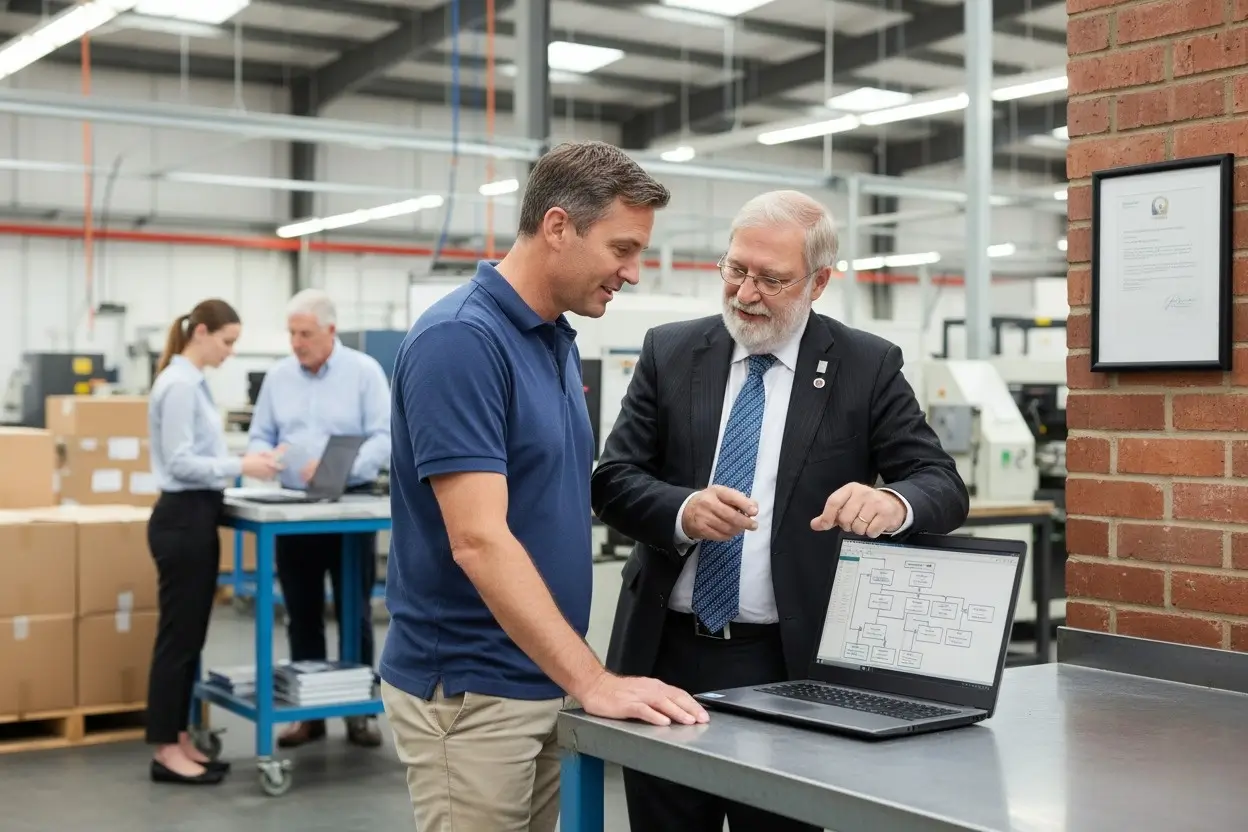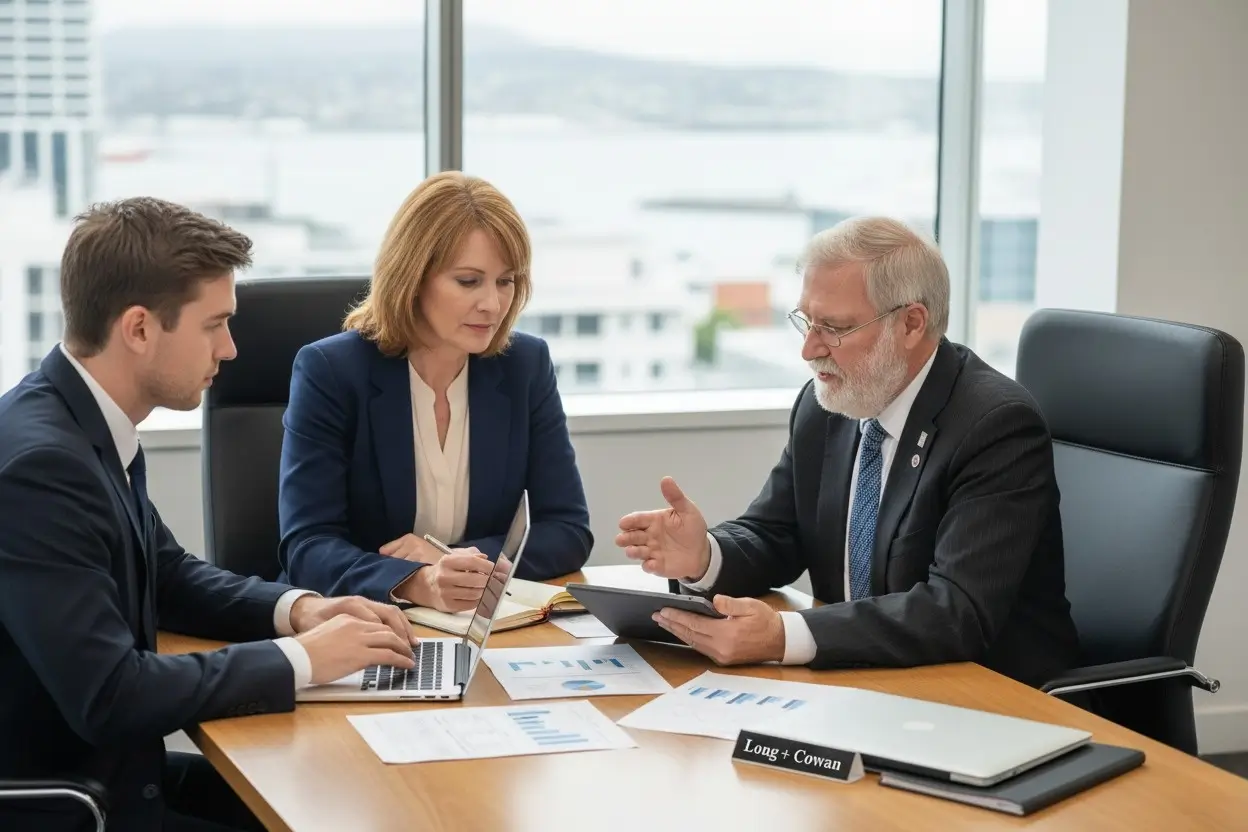Strong effective meetings form the backbone of successful business communication. Whether discussing financial performance, planning projects, or reviewing team progress, meetings should clarify goals and move work forward. At Long + Cowan, we see too many Wellington firms lose valuable hours to poorly structured sessions that drain productivity instead of supporting it.
Good meetings save time. When every participant knows the purpose, agenda, and expected outcome, discussion stays focused, decisions come faster, and accountability strengthens.
Clarifying the Purpose Before Scheduling
Before calling a meeting, ask why it is necessary. Many updates can be handled by email or quick messages. Only meet when discussion or decision-making requires direct input. This approach respects everyone’s time and improves attendance quality.
Once the purpose is clear, state it at the top of the invitation. Examples include approving a budget, reviewing performance metrics, or confirming project milestones. Clarity at the start avoids wasted conversation later.
Setting and Sharing a Structured Agenda
An agenda is your roadmap. Circulate it at least one day in advance so participants can prepare. Keep it concise, ordered by priority, and limited to essential topics. Each item should have a defined objective such as “decide,” “review,” or “approve.”
A well-designed agenda encourages focus. It also gives participants confidence that their input matters and time will be used efficiently. When meetings follow structure, everyone stays engaged and outcomes improve.
Choosing the Right Participants
Invite only those directly involved in the topics being discussed. Crowded meetings slow progress and reduce accountability. Smaller groups encourage honest conversation and faster decisions.
If someone only needs information, send them the summary afterward instead of asking them to attend. In Wellington offices where staff wear multiple hats, respecting time helps maintain momentum across other priorities.
Starting and Finishing on Time
Punctuality demonstrates respect and professionalism. Begin promptly, even if some people are late, and end when promised. Consistent timekeeping builds trust and discipline. Over time, participants adapt and meetings become naturally shorter.
Appoint a timekeeper to monitor progress against the agenda. When discussions drift, they can refocus attention without interrupting flow. Sticking to time limits turns meetings from habit into a productive tool.
Encouraging Participation and Balance
Meetings work best when every voice is heard. Some participants dominate while others stay quiet, but balanced discussion brings better results. Encourage quieter members to share insights and limit over-talkers diplomatically.
Use a round-table approach where each person contributes briefly on key points. The variety of perspectives often uncovers solutions faster than one-sided conversation.
Keeping Focus on Decisions and Actions
Conversations that wander reduce efficiency. Keep discussion tied to results. After exploring an issue, summarise the conclusion and record who is responsible for action. Clear accountability prevents follow-up confusion.
At Long + Cowan, we recommend ending each topic with one statement: “Who will do what by when?” That single sentence ensures progress continues after the meeting ends.
Using Technology to Improve Meeting Efficiency
Modern technology helps meetings run smoothly. Video platforms allow remote participation without travel, and shared online documents keep everyone on the same page. Recording action points directly into task management software ensures no item is lost.
Tools such as Microsoft Teams or Zoom integrate easily with calendars and reminders, helping Wellington businesses coordinate across offices. Technology should streamline meetings, not complicate them. Keep systems simple and reliable.
Assigning Clear Roles
Each meeting benefits from defined roles. The chairperson manages discussion, the timekeeper controls pacing, and the note-taker records actions. Rotating these roles among team members builds engagement and shared responsibility.
When everyone understands their function, meetings stay orderly and outcomes are documented accurately. Defined roles turn vague gatherings into structured collaboration.
Recording Minutes That Matter
Meeting minutes are more than notes; they are commitments. Record only key decisions, agreed actions, and responsible parties. Avoid long transcripts that waste time to read later. Distribute minutes within 24 hours so tasks start immediately.
Efficient record-keeping ensures accountability. When everyone knows expectations, follow-through becomes automatic.
Following Up After the Meeting
A meeting’s value depends on what happens next. Review progress on agreed actions before scheduling another session. Without follow-up, even the best conversation becomes unproductive.
Simple check-ins via email or short updates keep tasks moving. Consistent follow-through reinforces discipline and shows that meetings exist to drive measurable outcomes, not to fill calendars.
Keeping Frequency Under Control
Some businesses meet too often. Evaluate recurring sessions and cancel any that no longer serve purpose. Short, targeted meetings outperform long, repetitive ones. Weekly stand-ups or monthly strategy reviews often suffice.
Reducing unnecessary meetings gives teams back productive hours. Fewer, better sessions encourage focus and ownership of results.
Creating a Culture of Respect
Respectful communication sustains motivation. Listen actively, avoid interruptions, and value opposing opinions. Constructive disagreement often leads to stronger solutions when handled professionally.
Encourage appreciation at the close of each meeting—acknowledge contributions and thank participants for their time. A positive close boosts morale and reinforces collaborative culture.
Adapting Meetings for Different Formats
Not every meeting requires the same structure. Strategic planning sessions, financial reviews, and quick status updates each demand different formats. Match style to purpose. Long discussions need clear breaks, while brief check-ins thrive on concise summaries.
Flexibility keeps meetings relevant and prevents fatigue. Tailor length and format to the complexity of decisions being made.
Evaluating Meeting Effectiveness
Continuous improvement applies to meetings too. Ask participants for feedback on duration, clarity, and usefulness. Regular assessment highlights what works and what needs refinement.
Track outcomes: Were decisions implemented? Did tasks progress? If not, adjust structure or frequency. Measurement ensures meetings remain a productive investment rather than a routine obligation.
Applying These Practices Across Wellington Businesses
Across Wellington Central, Thorndon, and Johnsonville, businesses face tight schedules and increasing demands on communication. Applying structured effective meetings practices saves hours each week and boosts overall efficiency.
Well-run meetings reduce miscommunication, prevent duplication of effort, and create stronger teamwork. When every meeting has purpose, Wellington businesses gain both time and clarity.
Partnering for Organisational Efficiency
At Long + Cowan, we help businesses develop efficient systems that support better time and meeting management. Aligning workflow with financial goals ensures meetings drive measurable performance, not just conversation.
For professional guidance on streamlining business communication and improving efficiency, contact us for more info by filling in an enquiry form or e-mailing or calling us during office hours. Structured meetings build structured results.

